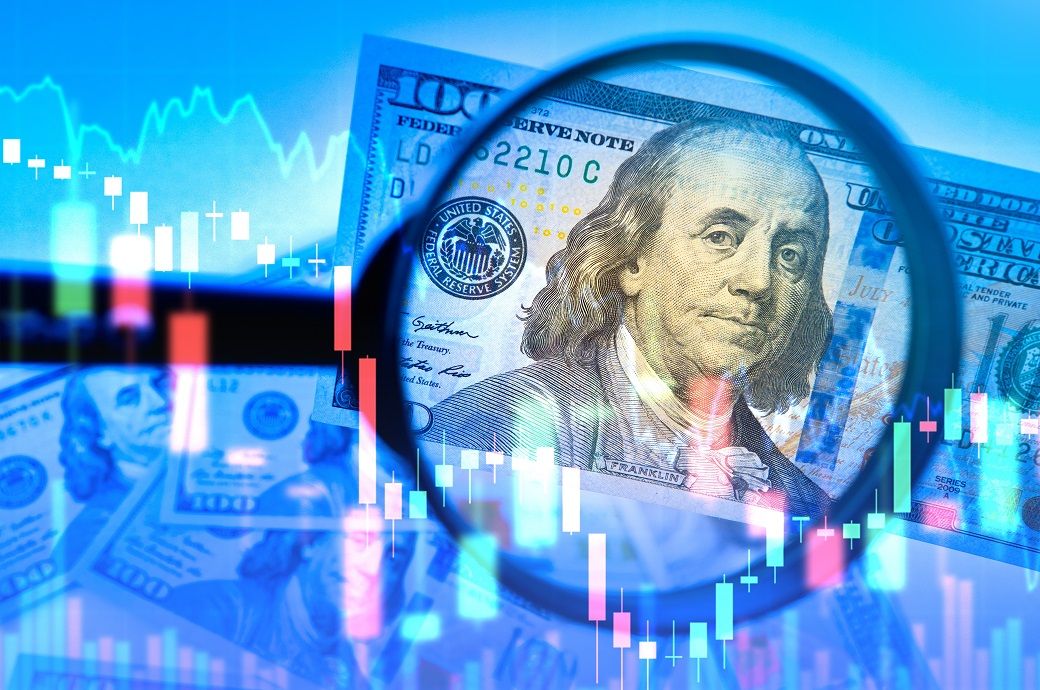

The increase in real GDP reflected increases in consumer spending, exports, among others that were partly offset by decreases in private inventory investment and residential fixed investment. Imports, which are a subtraction in the calculation of GDP, increased.
Compared to Q4, the deceleration in real GDP in Q1 primarily reflected a downturn in private inventory investment and a slowdown in non-residential fixed investment. These movements were partly offset by an acceleration in consumer spending, an upturn in exports, and a smaller decrease in residential fixed investment; imports turned up.
Current-dollar GDP increased 5.4 per cent at an annual rate, or $348.3 billion, in Q1 to a level of $26.49 trillion, an upward revision of $20.4 billion from the previous estimate, the BEA added.
The price index for gross domestic purchases increased 3.8 per cent in Q1, the same as previously estimated. The personal consumption expenditures (PCE) price index increased 4.2 per cent, the same as previously estimated. Excluding food and energy prices, the PCE price index increased 5.0 per cent, an upward revision of 0.1 percentage point.
Real gross domestic income (GDI) decreased 2.3 per cent in Q1, compared with a decrease of 3.3 per cent (revised) in Q4. The average of real GDP and real GDI, a supplemental measure of US economic activity that equally weights GDP and GDI, decreased 0.5 per cent in Q1, compared with a decrease of 0.4 per cent (revised) in Q4.
Profits from current production (corporate profits with inventory valuation and capital consumption adjustments) decreased by $151.1 billion in Q1, compared with a decrease of $60.5 billion in Q4.
Fibre2Fashion News Desk (NB)